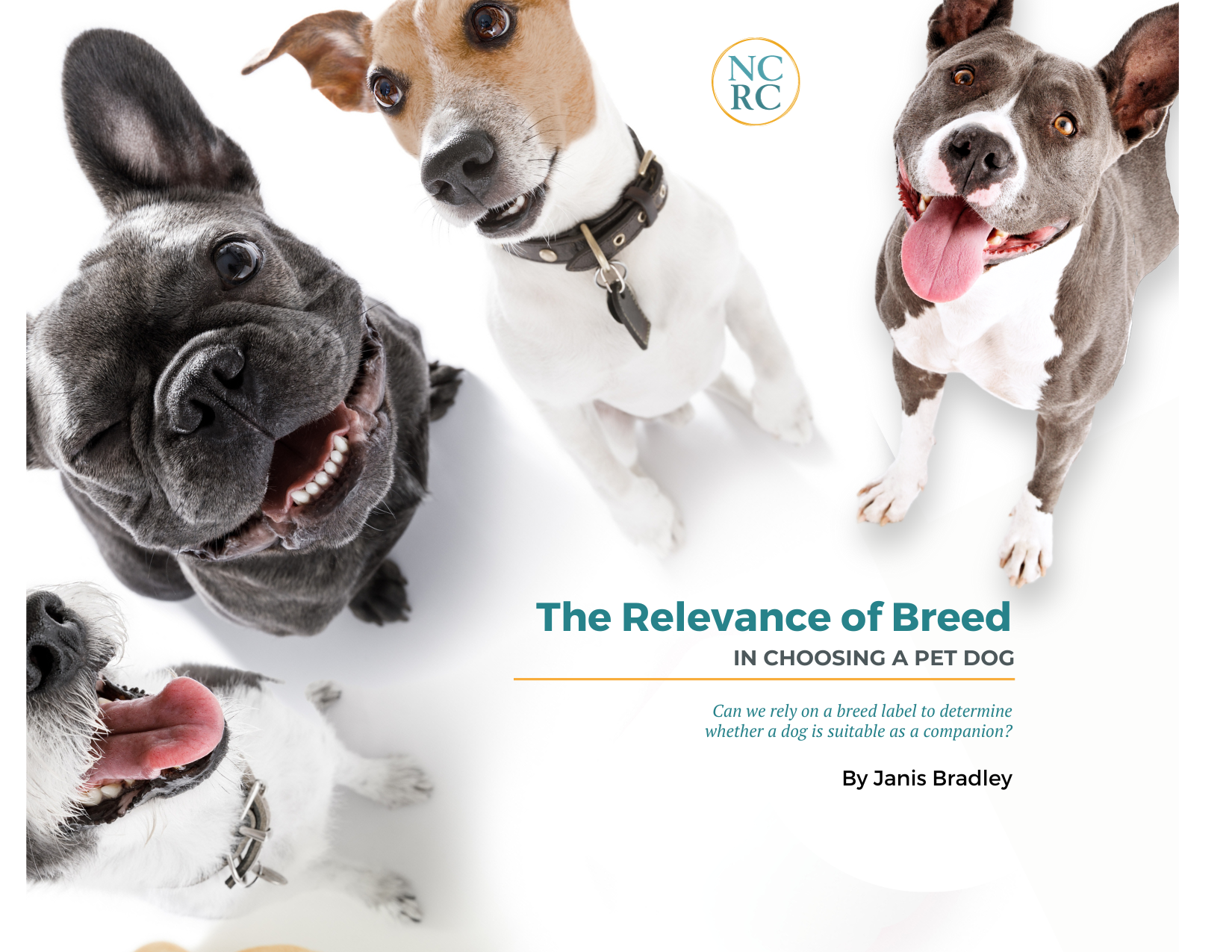Is it practical or even possible to give a dog a test that will predict how he is likely to behave in real life situations? Is there a need for such a test, particularly regarding whether he is likely to get into harmful conflicts with people? This new entry in our research library is our attempt to summarize what the best science to date has to say about these questions. We report here on the work of researchers of varying backgrounds and expertise examining behavior evaluations from different viewpoints. The picture that is emerging is one that reveals behavior evaluations as too often unreliable and invalid. Moreover, a recent statistical analysis (Patronek & Bradley, 2016)[1] demonstrates that even in the very unlikely event that test validity reached standards that would be considered high in human medical diagnostic tests, the outcome would be unacceptable for dogs, among whom dangerous biting behavior is rare. So many false positives would result that the test would be no better than flipping a coin. Considering the consequences – passing or failing such a test can mean the difference between a dog in a shelter being made available for adoption or being euthanized – the welfare issue is clear.
Read National Canine Research Council’s full analysis: Behavior Evaluations: A Literature Review
Sources and Notes:
-
Patronek, G.J. & Bradley, J. (2016) No better than flipping a coin: Reconsidering canine behavior evaluations in animal shelters. Journal of Veterinary Behavior, 15 (66-77). DOI: http://dx.doi.org/10.1016/j.jveb.2016.08.001
-
Patronek, G.J., Bradley, J., & Cleary, D. (2016). Who is minding the bibliography? Daisy chaining, dropped leads, and other bad behavior using examples from the dog bite literature. Journal of Veterinary Behavior, 14 (17-19). DOI: http://dx.doi.org/10.1016/j.jveb.2016.06.004
-
All three of the authors are affiliated with National Canine Research Council.







